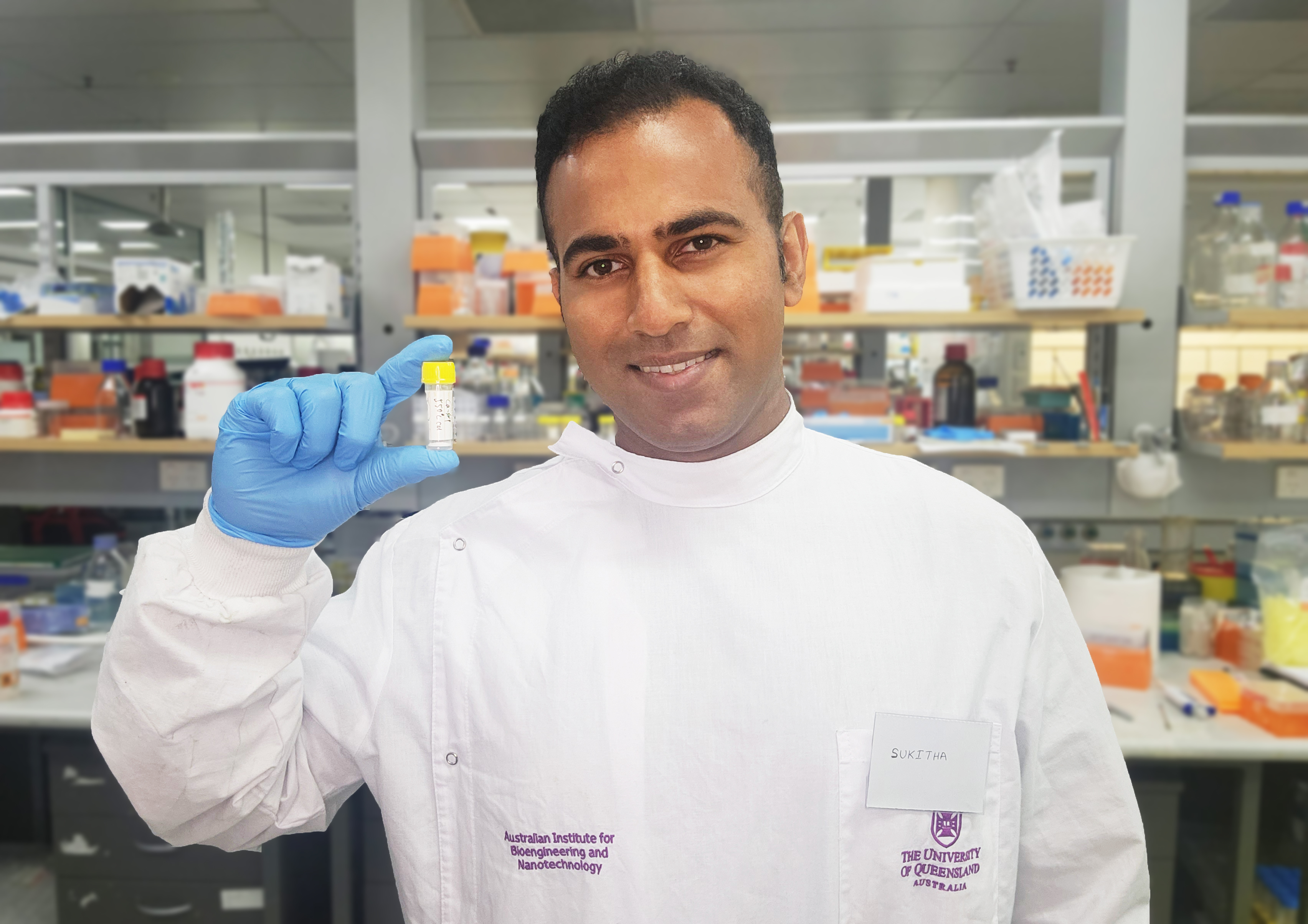Slow agricultural productivity growth and increasing demand for agricultural products greatly impact the survival of humans. Lack of infrastructure, high costs, and learning difficulties have prevented traditional farmers from accessing new technologies. To this day, pesticides remain as the most cost-efficient and reliable tool for agricultural productivity. Pesticides are divided into two classes based on their chemical composition: polar and non-polar. Polar pesticides are hydrophilic (water-loving) pesticides wash away easily with rain after application. When polar pesticides are applied to non-polar surfaces such as waxy leaves or natural wool, rain wash-off becomes more intense. Hence, they are required to be frequently applied.
The frequent use of polar pesticides pollutes the environment, threatens aquatic life, initiates pest resistance development, and causes other problems. Despite all the negative aspects, polar pesticides are agrochemicals with desirable qualities in applications due to their ease of dispersibility, and not having to use toxic solvents to stabilize. To minimize polar pesticide applications, the agriculture industry has long sought more sustainable approaches. And the wait is now over.
Dr Sukitha Kothalawala, a research fellow at the University of Queensland, claims that hydrophobic (water-hating) spherical nanoparticles containing fractal-like protrusions are ideal candidates to encapsulate polar pesticides. Once the pesticide is encapsulated in hydrophobic fractal particles, it can limit rapid washing off of polar pesticide from surfaces. He further added that using cheap materials such as silica to produce hydrophobic nanoparticles reduces the cost of production making it more affordable for farmers. Also, nanoparticles containing cavities and protrusion on surfaces have extremely high surface area to accommodate pesticides. Besides, silica nanoparticles provide protection to pesticides from solar radiation. Hydrophobic nanoparticles can withstand high rainfalls and slow the pesticide release by repelling rainwater. Repelling controls the accessibility of the water to the internal surface of the particle. Also, they attach extremely well to greasy and waxy surfaces due to the molecular level of attraction forces between non-polar surfaces.
The hydrophobic fractal nanoparticles Dr Kothalawala precision engineered in his doctoral research were initially developed by Dr Fu and later patented by the Principal Investigator (PI) Chengzhong (Michael) Yu at the Australian Institute for Bioengineering and Nanotechnology (AIBN). This revolutionary nanoparticle technology was first tested on the ectoparasite, blowfly larvae. Blowfly maggots pose a significant threat to sheep wool production known as “flystrike”. As a matter of fact, flystrike cost over 280 million AUD to the Australian wool industry annually. Due to the durability and resilience of the nanoparticle formulation, extremely promising results have been achieved against flystrike. The blowfly project was funded by Australian Wool Innovations (AWI) and the Department of Agriculture and Fisheries via Dr Peter James at Queensland Alliance for Agriculture and Food Innovation (QAAFI).
Dr Sukitha Kothalawala further emphasized that most of the traditional polar pesticide formulations fail to protect the whole wool fibre as they grow. However, it is possible to protect the wool fibre despite the rapid growth rate of natural fleece thanks to this new technology. He added, “silica (SiO2) is one of the most abundant materials on planet earth. Silica by any means is not an alien material to wool. Sand and mud particles on the surface of natural wool come in the crystalline form of silica. It has no damaging effect on the quality of wool. Also, silica nanoparticles which are amorphous in nature can easily be removed from natural bases in the wool scouring process.” He highlighted the versatility of the hydrophobic silica nanoparticles and their potential to be used on other agricultural surfaces. As alternative materials, the abundance, renewability, and low environmental impact make biopolymers and carbon particles worthy contenders for such applications apart from silica.
However, this is only one significant project in a vast array of projects within the “Agriculture Nanotechnology”. Agriculture Nanotechnology is a booming interdisciplinary area that develops affordable and sustainable nanotech solutions for real-world agricultural issues. Several groups at the AIBN including Yu group, Xu group, Amiralian group, Rowan group and Martin group research in the direction of Agriculture Nanotechnology.
Media Contact
Contact Person: Dr Sukitha Kothalawala
Email: Send Email
Country: Australia
Website: www.twitter.com/Sukitha45

